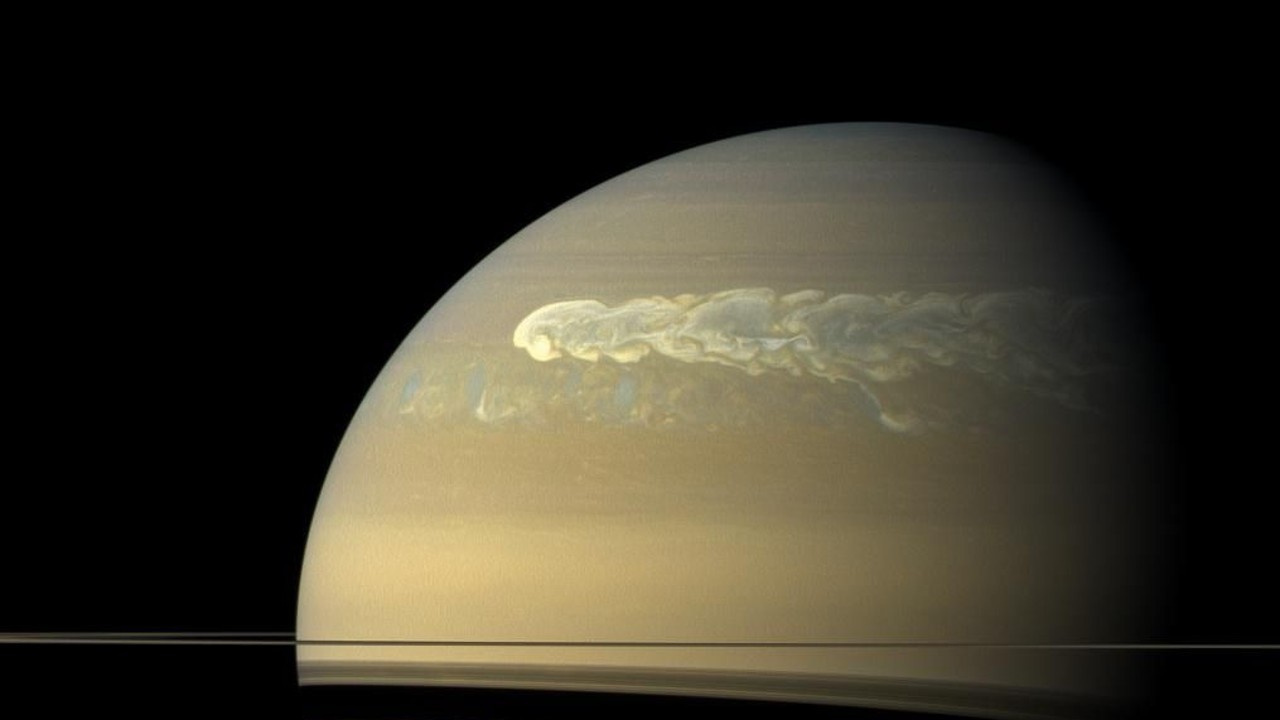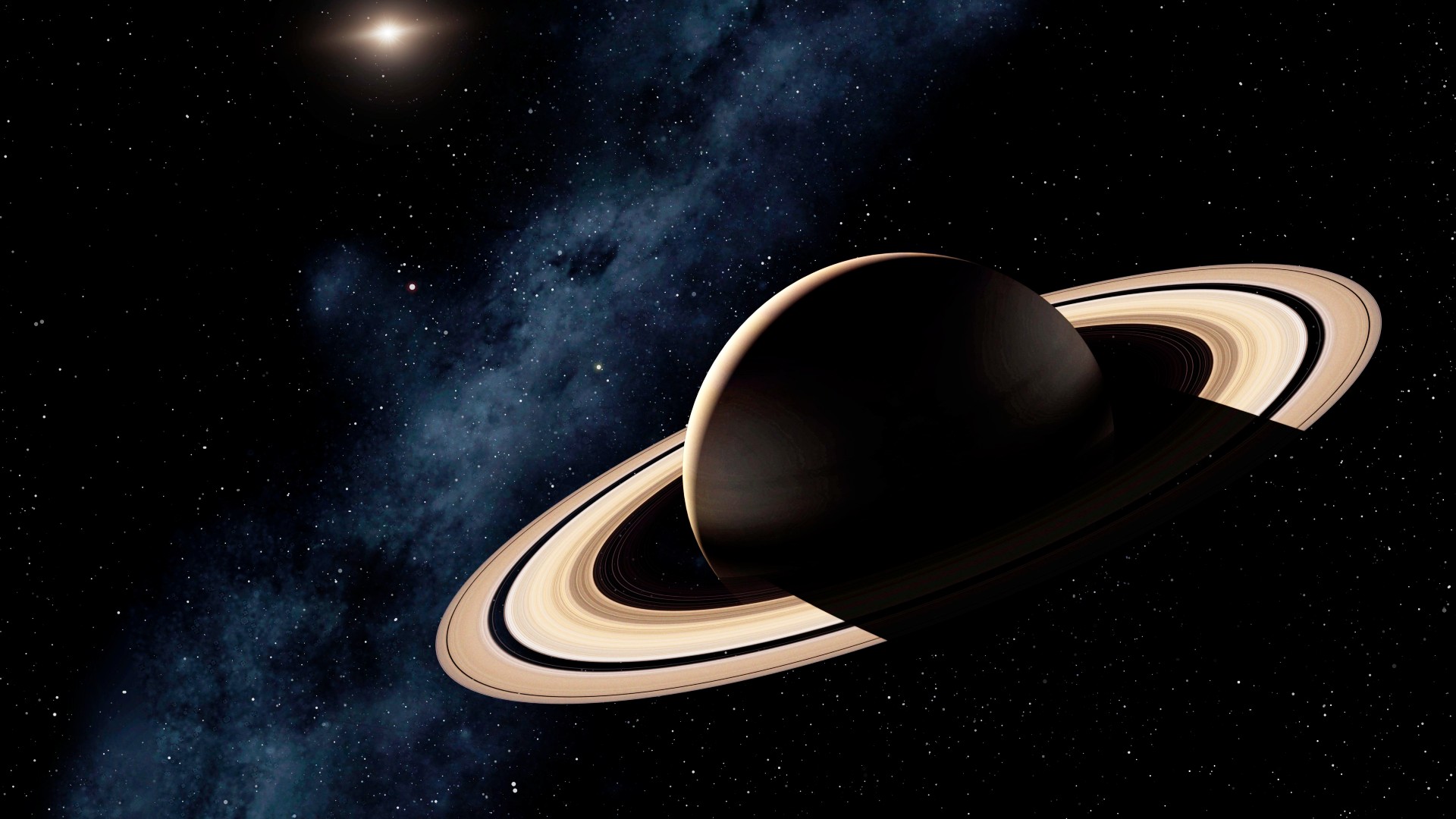Saturn
Latest about Saturn
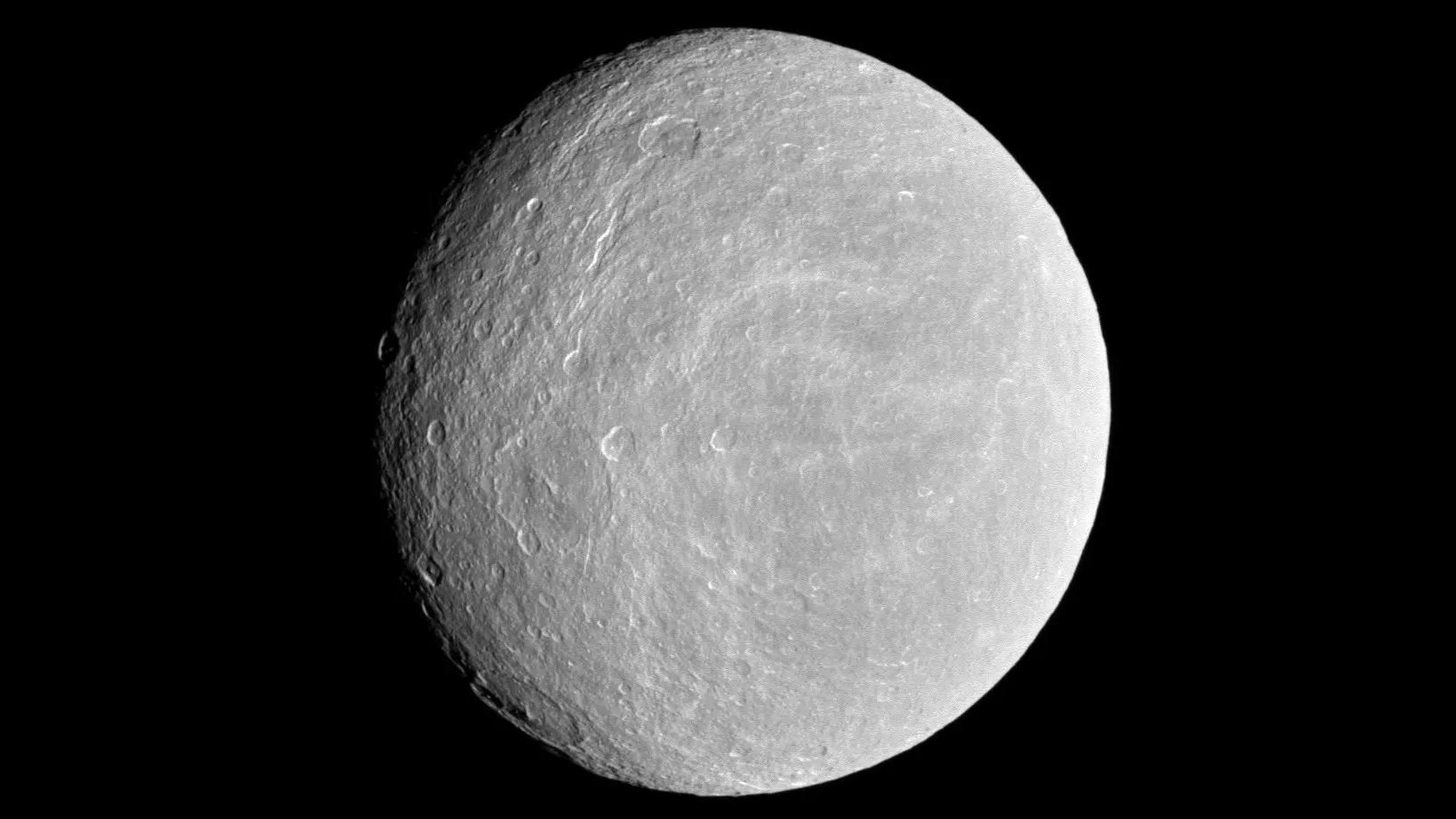
Rhea: A guide to Saturn's 'rocky snowball' moon
By Robert Lea last updated
Reference Rhea, Saturn's second-largest moon, is a rocky snowball that has its own ring system and a weird "two-faced" surface.
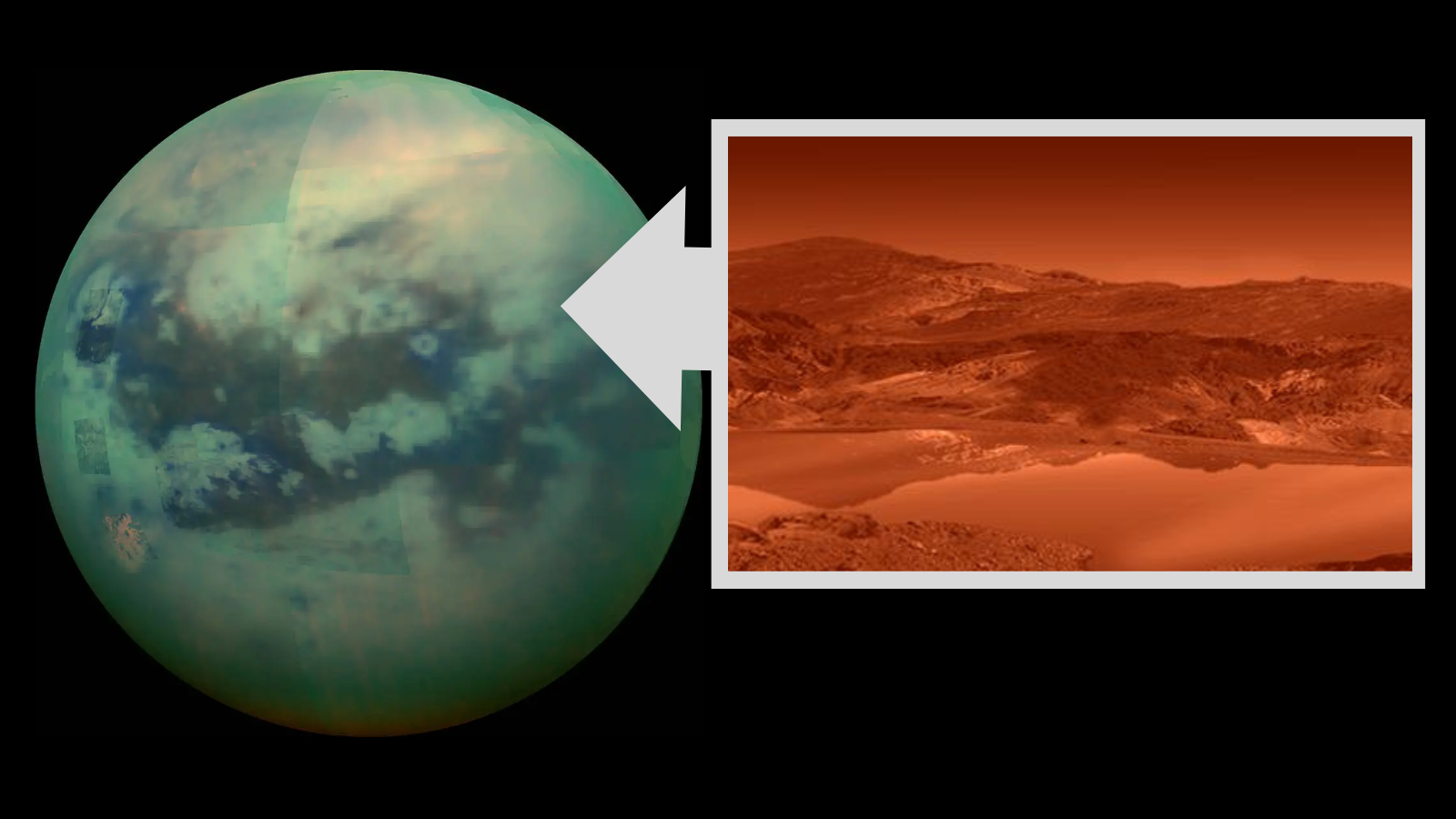
Floating 'magic islands' on Saturn's moon Titan may be honeycomb-shaped snow
By Robert Lea published
On Saturn's largest moon, Titan, snows of organic compounds may form glacier-like honeycomb chunks in methane lakes, appearing as floating "magic islands."
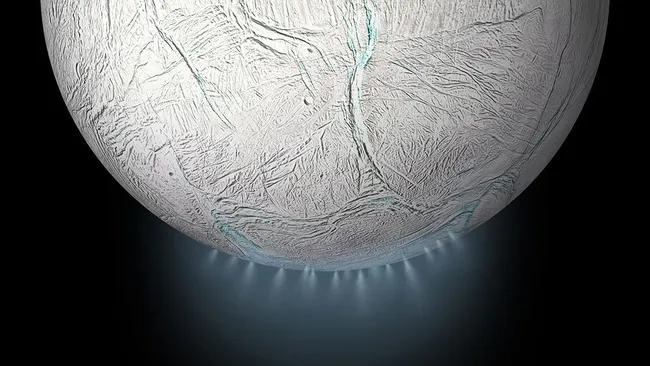
Finding life on Saturn's moon Enceladus might be easier than we thought
By Robert Lea published
Scientists know that the vital ingredients needed for life lurk in oceans beneath the icy shell of Saturn’s moon Enceladus, and they may be closer to the surface than we knew.
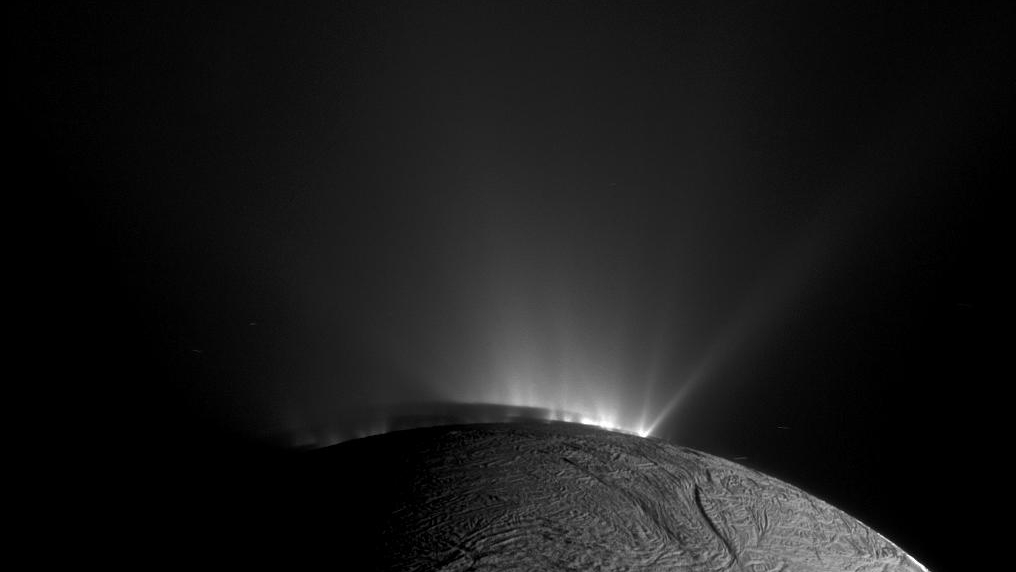
Saturn moon Enceladus harbors key ingredient for life
By Robert Lea published
NASA's Cassini mission, which ended six years ago, spotted a key ingredient needed for life as we know it on Saturn's icy moon Enceladus, a new study reports.
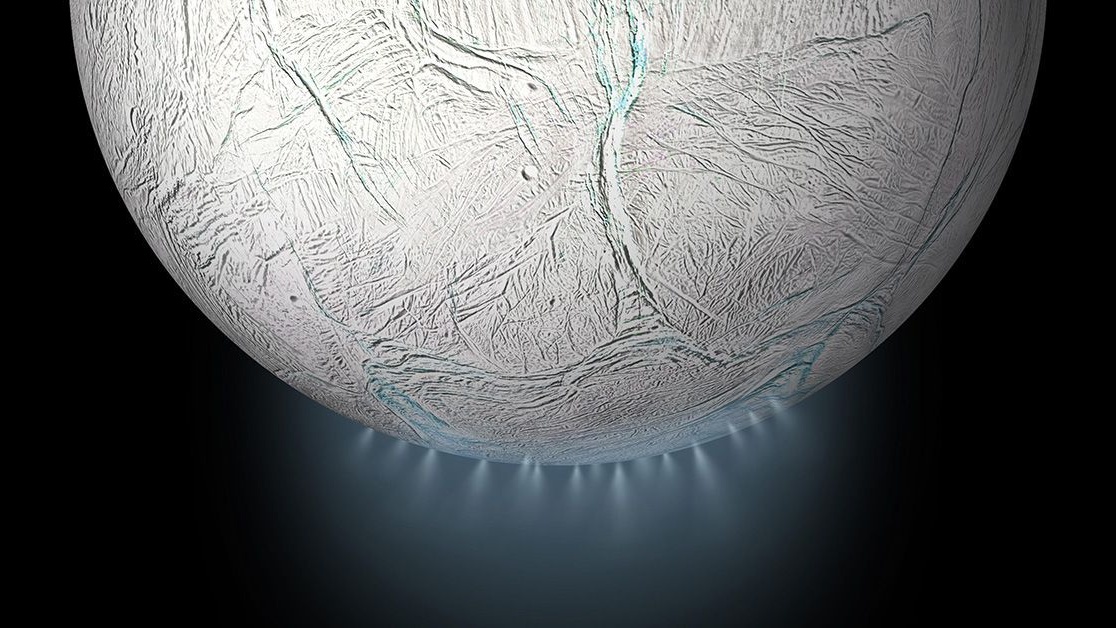
Signs of life shooting from Saturn's moon Enceladus would be detectable by spacecraft, scientists say
By Rahul Rao published
Scientists believe possible amino acids in Enceladus' subsurface ocean can indeed be detected by spacecraft.
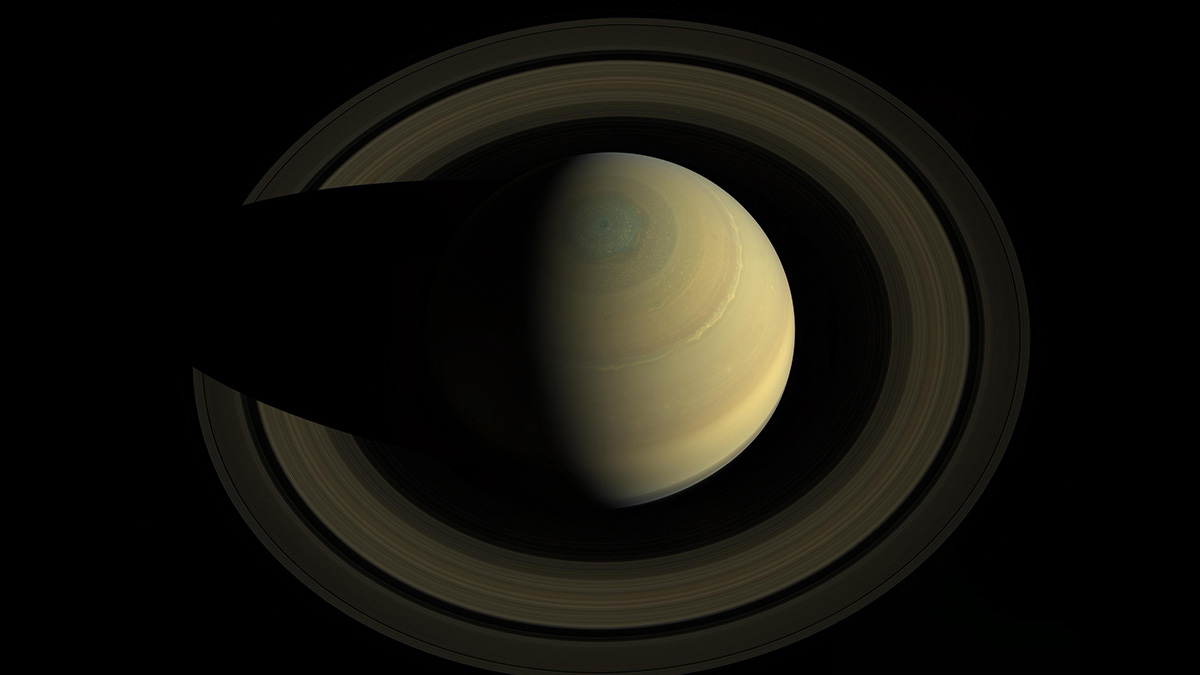
Solar eclipses seen by long-dead Cassini spacecraft shed new light on Saturn's rings
By Conor Feehly published
Data from the deceased Cassini spacecraft offers astronomers an unconventional way to measure the optical depth of Saturn's rings.
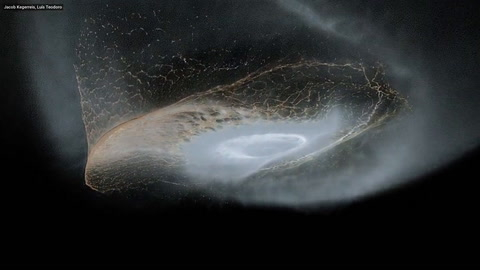
A giant moon collision may have given rise to Saturn's iconic rings, study suggests
By Tereza Pultarova published
A collision between two ancient icy moons that may have once orbited Saturn could have given rise to the planet's iconic ring system, a new study reveals.
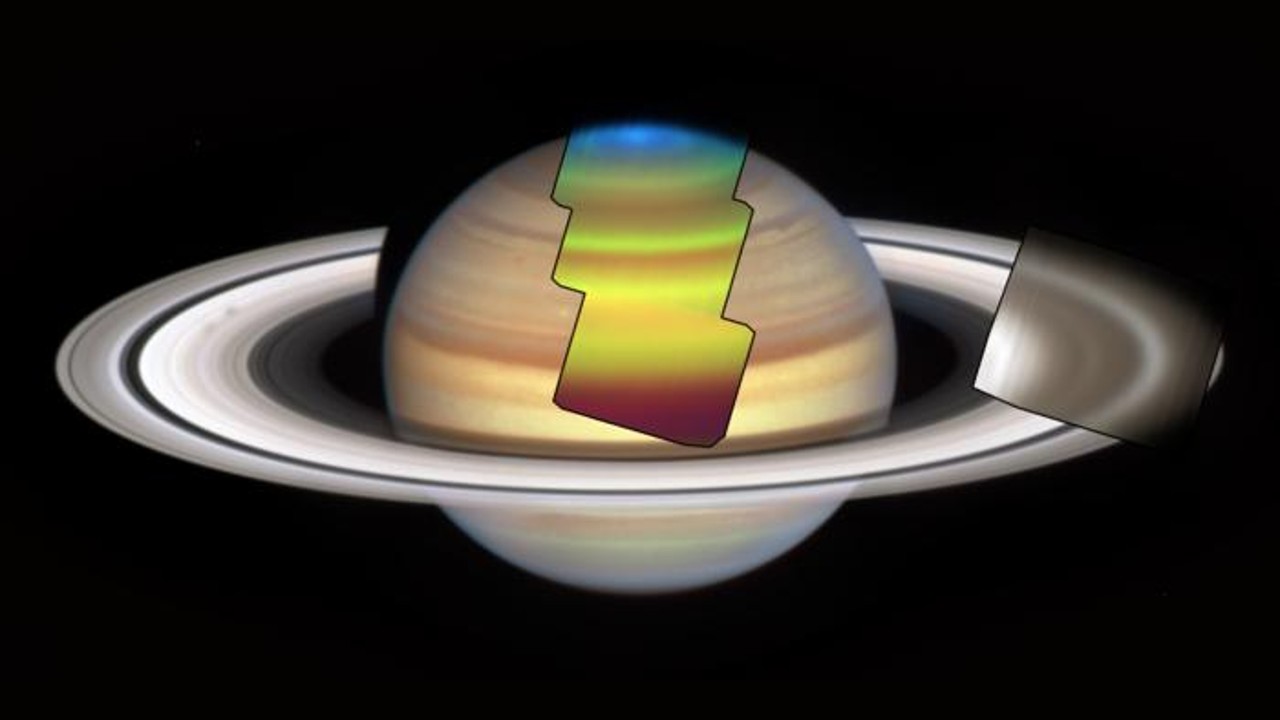
James Webb Space Telescope watches seasons change on Saturn (video)
By Robert Lea published
Using the James Webb Space Telescope, astronomers have observed the changing of seasons on Saturn. The ringed planet's northern summer is cooling as a 7.5-year-long autumn approaches.
Get the Space.com Newsletter
Breaking space news, the latest updates on rocket launches, skywatching events and more!
